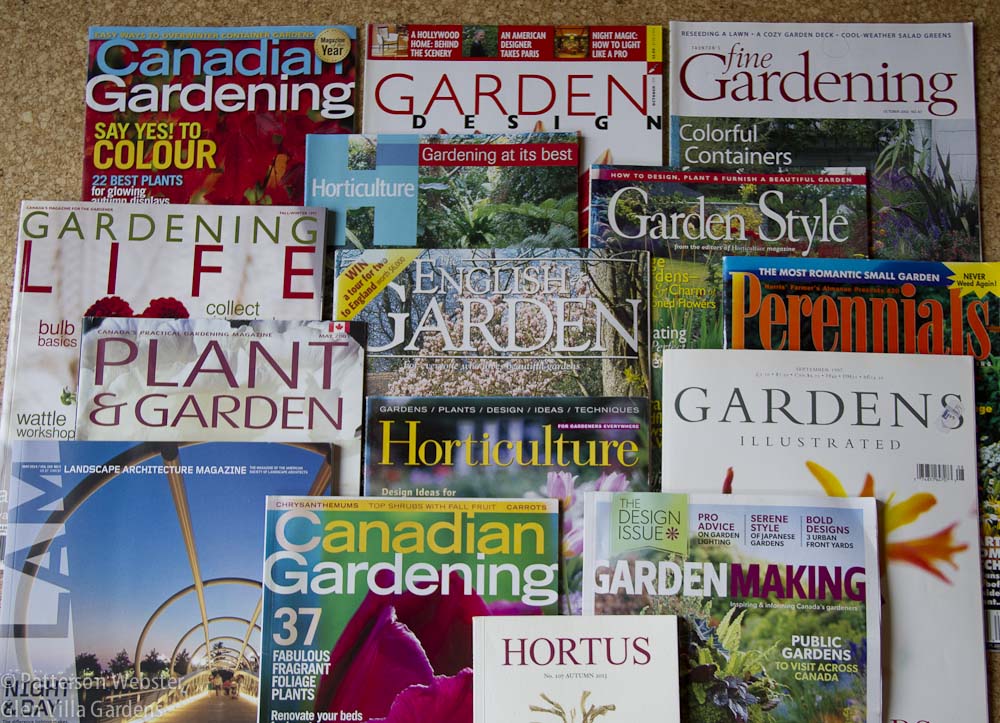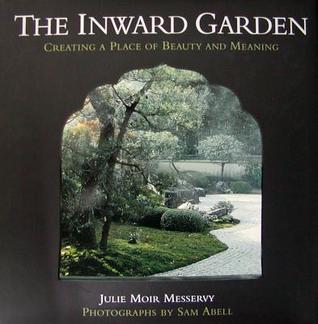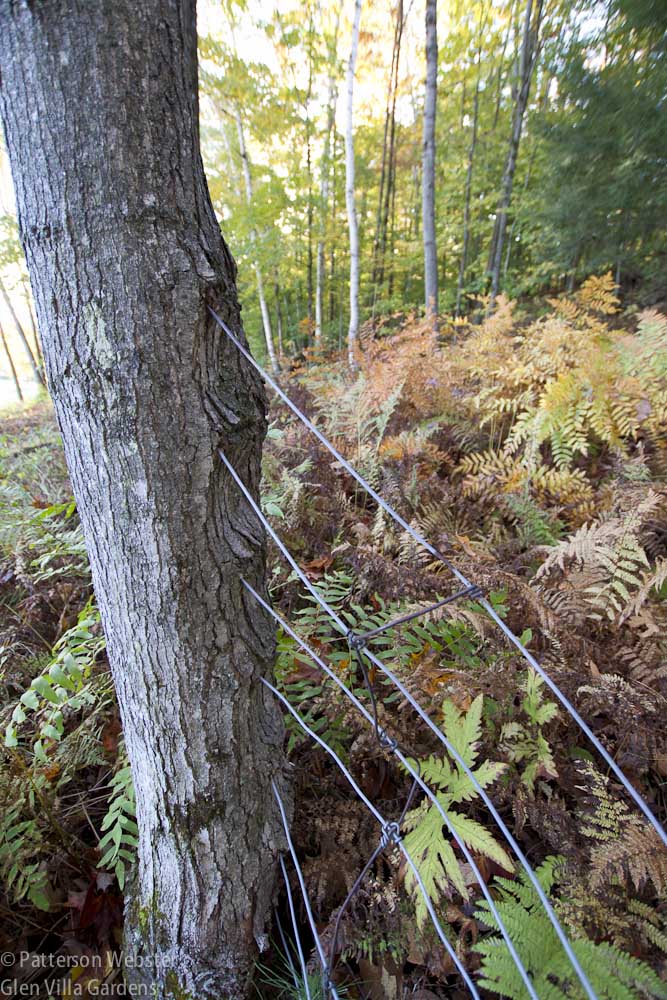Not long ago I spent some time going through old gardening magazines. I was looking for photos to use for an art project but the articles and ads I came across proved more diverting than I expected.
Magazines used to be ubiquitous. No longer. At least two of the magazines I was thumbing through have gone out of business and the ones that survive look very different now than they did ten or more years ago. (Yes, I have magazines dating back to the millennial year, and beyond. Or did. Recycling got a boost this week.)
Reviewing these old issues was more than a walk down memory lane. It revealed some aspects of the printed gardening world that caused me to shake my head in dismay. One was the repetition of subject matter. In the U.K., the most popular and repeated topic seemed to be snowdrops. In the U.S. and Canada, the topic was new plants.
A search for the new is a North American phenomenon that can be seen in many fields: new tech, new pop stars, new almost anything. Tried and true doesn’t cut the mustard. But what struck me as I reviewed the lists of new hostas, new echinaceas, and new what-evers, was how few of the cultivars had familiar names. I keep up with the latest — and the fact that most names were unfamiliar suggests to me that the latest from, say 2002, didn’t prove its merits over the long term.
Not so for books. In 1996, The Inward Garden: Creating a Place of Beauty and Meaning was named Book of the Year by the Garden Writers’ Association. I read the book a year or two later, when I first became seriously interested in landscape and garden design.
Yesterday I picked up the book again. And I discovered that, unlike those trendy echinacea cultivars, this book has staying power. Unlike many garden books, it doesn’t focus on how to’s , or show photos of beautifully unattainable gardens designed by famous garden designers. (I’m not a book snob, I like those kinds of books as well. In moderation, at least.)
Messervy’s book springs from a central idea, the notion of archetypes. She describes seven archetypal spaces: the sea, the cave, the harbour, the promontory, the island, the mountain and the sky. She believes that, starting in childhood, our experiences shape which of these archetypes we most respond to. She then explores how the characteristics of each archetype relate to specific elements of garden design.
When I first read it, this book opened my eyes to unimagined possibilities. It helped me to realize that a garden could be more than a pretty space. More than a refuge from a noisy world. More than a place to entertain, or to impress. A garden could have meaning.
For a beginning gardener, this idea was a revelation. As I read Messervy’s ideas about garden archetypes I rediscovered the magic I felt as a child: I explored the hedges behind my suburban house, I extended my world into the fields at my grandparents’ farm. The images I re-captured astonished me with their clarity and their emotional weight, which was at times strong enough to take my breath away.
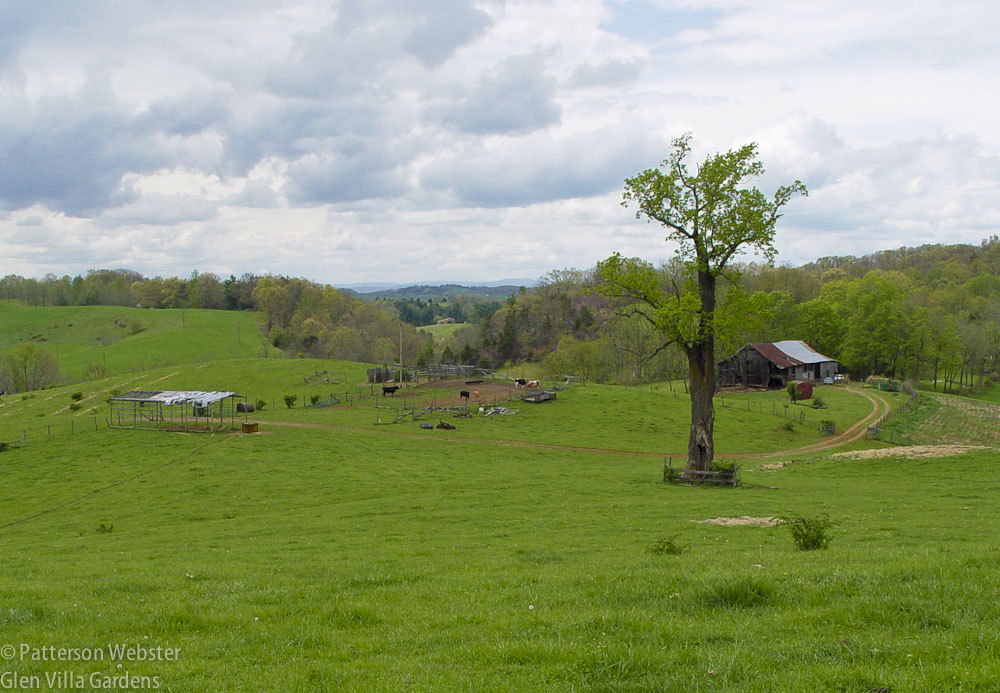
The poplar tree at my grandparents’ farm in Virginia’s Blue Ridge Mountains was a magnet for a young child — a forbidden destination, out of bounds, and thus doubly attractive.
Today, I’ve been dipping into The Inward Garden once again. Even scanning it quickly, I feel like I’ve come home. The ideas that Messervy presents, both imaginative and practical, are familiar, like comfortable slippers that continue to wear well. And more: they have guided my footsteps without my being aware of it.
Most significant of the ideas I gleaned from Messervy is the role of memory. My personal memories from childhood, the memories from many years of living where I live now, and of children growing up: every garden project has reflected these directly or indirectly. The sound of water from the cottage where we used to live is present again in The Aqueduct. The broken plates at The China Terrace link today to the years when children were young. The magnolias in the Lower Garden, the boxwood at The Egg — even plants link today to a memory of the past.
The land at Glen Villa also has a memory, and shows it — in the stone walls that used to edge farm fields and in the barbed wire now deeply embedded in a maple tree.
People’s marks on the land remain visible long after the people themselves are gone. I’ve used art at Glen Villa to counter this loss. Abenaki Walking marks the presence of the first people to inhabit this land; Memory Posts I, II, and III recall those more recently gone.
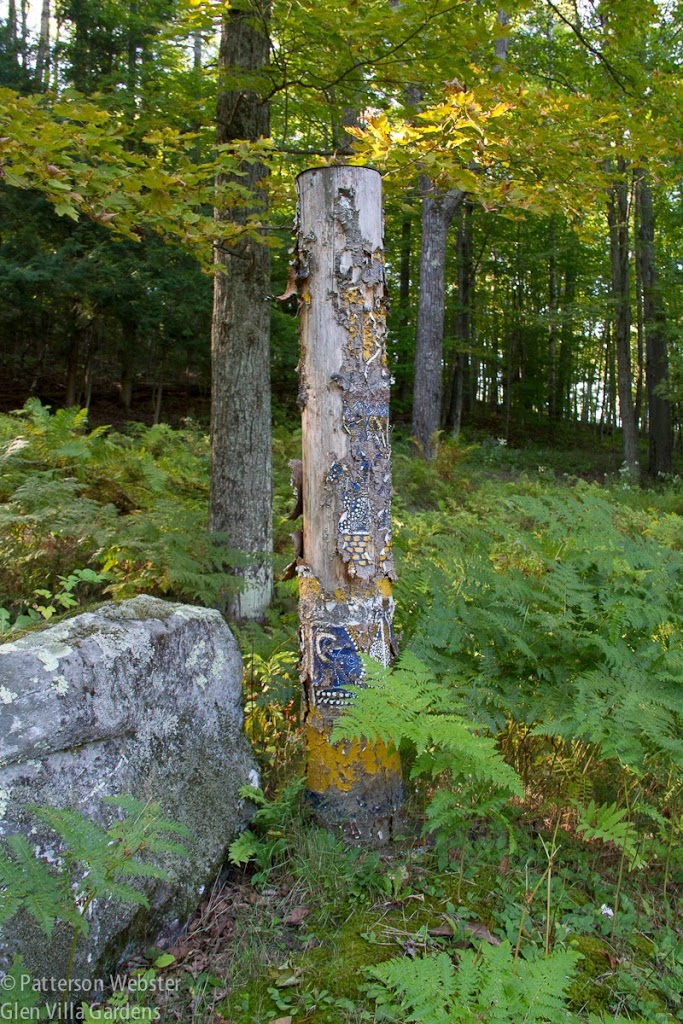
Memory Post I is a memorial to my father erected in 2007, the year after he died. I’m leaving it to decay naturally.
In The Inward Landscape, Julie Moir Messervy writes about the garden as a journey, both literal and metaphoric. There is a starting point, a path that may be rough or easy, and events along the way that may surprise or delight or provoke less welcomed emotions. She notes that every journey has a destination, although the end point may be unknown when the garden journey begins.
That has been, and continues to be, true for me. I don’t know the end point of my garden journey any more than I remember which archetype I found most appealing when I first read this book. Today, I wavered between harbour and island and sky.
I like the fact that I can’t pin myself down: it tells me I’m walking along a path that can fork in any direction. And that pleases me enormously.
I’ve put The Inward Landscape: Creating a Place of Beauty and Meaning back on the bookshelf. For now. I know I’ll consult it again.


